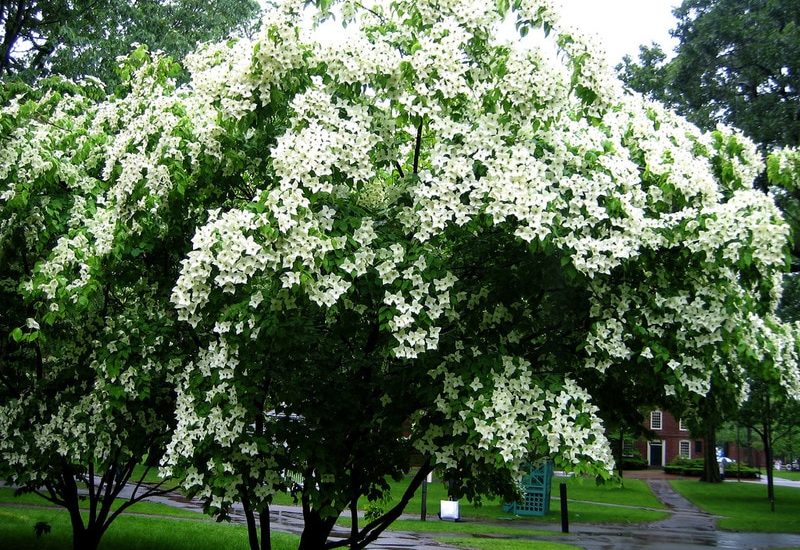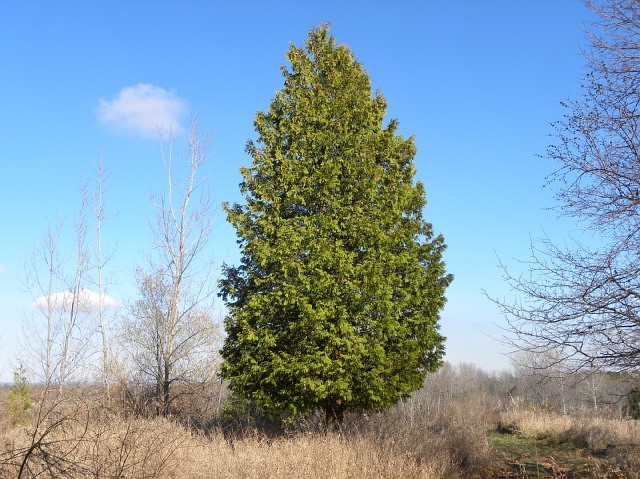Pros and Cons of Red Oak Trees: A Comprehensive Guide
Red oak trees, scientifically known as Quercus rubra, are among the most common trees in North America. They are known for their durability and beauty, making them a popular choice for landscaping and woodworking. However, like any other tree species, red oaks come with their own set of advantages and disadvantages. In this article, we will explore the pros and cons of red oak trees to help you make an informed decision when considering planting or using them for woodworking.

One of the biggest advantages of red oak trees is their durability. They are known for their strength and resistance to decay, making them ideal for outdoor use. Additionally, red oak wood is relatively easy to work with and has a beautiful grain pattern that makes it a popular choice for furniture and flooring. Furthermore, red oak trees are fast-growing and can quickly provide shade and a beautiful landscape.
Despite their many advantages, red oak trees also come with a few disadvantages. One of the biggest concerns is their susceptibility to oak wilt disease, which can quickly spread and kill entire trees. Additionally, red oak wood can be difficult to stain evenly, and its open pores can make it less suitable for certain woodworking projects. Finally, red oak trees produce a large amount of acorns, which can be a nuisance for homeowners and landscapers alike.
Pros of Red Oak Trees

Red oak trees are a popular choice for homeowners and landscapers due to their many benefits. In this section, we will explore the various pros of planting and maintaining red oak trees.
Aesthetic Appeal
Red oak trees are known for their beauty and attractive appearance. They have a stunning fall color that ranges from red to orange, making them a great addition to any landscape. Their leaves are also a unique shape, adding to their aesthetic appeal.
Environmental Benefits
Red oak trees provide many environmental benefits, including shade, shelter, and food for wildlife such as birds and squirrels. They also help to purify the air by absorbing pollutants and producing oxygen. Red oak trees are also drought-tolerant and can thrive in a variety of soil conditions.
Growth and Maintenance
Red oak trees are fast-growing and hardy, making them easy to care for. They require minimal maintenance and can adapt to various soil and pH conditions. They are also relatively resistant to diseases and pests, making them a low-maintenance choice for homeowners and landscapers.
Wood and Usage
Red oak wood is strong and durable, making it a popular choice for furniture and flooring. It is also a great choice for landscaping as it can provide shade and shelter for years to come.
Adaptability
Red oak trees are known for their adaptability and can thrive in full sun or partial shade. They are also able to grow in a variety of soil types and can tolerate drought conditions.
Tree Characteristics
Red oak trees can grow up to 80 feet in height and have a spread of up to 60 feet. They have a broad, rounded crown and can reach their mature size in as little as 20 years. They also produce acorns, which provide food for wildlife.
Supporting Ecosystem
Red oak trees play an important role in supporting the ecosystem by providing habitat for wildlife and contributing to the overall health of the environment. They also provide shade and shelter for other plants, helping to maintain a healthy and diverse ecosystem.
Commercial Availability
Red oak trees are widely available at nurseries and through landscapers, making them an easy and accessible choice for homeowners and landscapers alike. They are a popular choice for gardens, parks, and other public spaces due to their many benefits and attractive appearance.
Cons of Red Oak Trees

Disease and Pests
Red oak trees are susceptible to several diseases and pests, which can affect their growth and health. Oak wilt is a fungal disease that can quickly kill red oak trees and is spread through root grafts and insects. Gypsy moth caterpillars can also cause significant damage to red oak trees, defoliating them and weakening their overall health.
Space and Growth Considerations
Red oak trees require ample space to grow, as they can spread up to 50 feet wide and reach heights of up to 75 feet. Planting red oak trees in small properties or lawns may not be ideal as they can outgrow their space and cause damage to surrounding structures.
Maintenance Challenges
Red oak trees can be messy, shedding leaves and acorns throughout the year, which requires regular maintenance. They also require consistent watering and moisture, making them challenging to maintain in dry climates or areas with poor drainage.
Environmental Limitations
Red oak trees are sensitive to soil types, weather conditions, and pollution. They require well-draining soil and cannot tolerate waterlogged or compacted soil. Extreme temperature changes or pollution can also affect their growth and health.
Potential Hazards
Red oak trees can pose potential hazards, especially during storms or high winds. Their branches and trunks can break and fall, causing damage to property or posing a safety risk to people.
Comparison with Other Oaks
Compared to other oak trees, such as white oak and pin oak, red oak trees have a shorter lifespan and are more susceptible to diseases and pests. Northern red oak trees are also less tolerant of shade and require full sun exposure to thrive.
Overall, while red oak trees can provide many benefits, such as shade and aesthetic appeal, they also come with several cons that should be considered before planting. Proper maintenance and care can help mitigate some of these challenges, but it is important to weigh the pros and cons carefully before making a decision.


